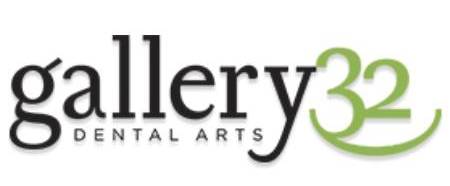![This is a thumbnail image of blog Everything About TMJ Disorders - Causes, Symptoms, and Treatment This is a thumbnail image of blog Everything About TMJ Disorders - Causes, Symptoms, and Treatment]()
Everything About TMJ Disorders - Causes, Symptoms, and Treatment
Nov 16, 2023![TMJ Disorder in Atlanta, GA TMJ Disorder in Atlanta, GA]()
The Importance of Early Diagnosis and Treatment of TMJ Disorder
May 29, 2024![This is a thumbnail image of blog Sudden Tooth Pain? Here’s What Might Be Causing It This is a thumbnail image of blog Sudden Tooth Pain? Here’s What Might Be Causing It]()
Sudden Tooth Pain? Here’s What Might Be Causing It
Aug 23, 2023![This is a thumbnail image of blog What You Should Know About TMJ Disorder? This is a thumbnail image of blog What You Should Know About TMJ Disorder?]()
What You Should Know About TMJ Disorder?
Sep 25, 2023![This is a thumbnail image of blog TMJ Disorder: Symptoms, Causes, and Effective Treatment Options This is a thumbnail image of blog TMJ Disorder: Symptoms, Causes, and Effective Treatment Options]()
TMJ Disorder: Symptoms, Causes, and Effective Treatment Options
Feb 11, 2025

BLOG

Sleep Apnea Treatment Options
Sleep apnea is a potentially serious sleep disorder in which breathing repeatedly stops and starts. The disorder affects how you breathe when you're sleeping. Sleep apnea usually is a chronic (ongoing) condition that disrupts your sleep. There are three main types of sleep apnea treatment options:
Continuous Positive Airway Pressure (CPAP)
CPAP, also known as continuous positive airway pressure therapy, is the most common type of sleep apnea treatment prescribed by dentists. It's meant to help patients by allowing them to breathe normally.
Most patients with sleep apnea use a CPAP machine every night while they sleep. The weight of the machine will press down on the face, so the patient is able to breathe throughout the night. Patients adjust to the machine fairly quickly and use it in order to improve their sleep quality. Dentists often customize a patient's CPAP mask, so it fits perfectly. This helps the mask stay in place all night long.
Oral Appliances (OSA)
Oral appliances are a common solution for patients with mild to moderate sleep apnea. If your dentist feels that oral appliance therapy is right for you, they will refer you to a specialist who can fabricate and fit a custom oral device for you.
An oral appliance is a retainer-like device that is designed to reposition the jaw forward and open up the airway while you sleep. Many patients prefer it to CPAP therapy because it is less intrusive and allows you to sleep in any position -- face down, on your side, or on your back.
Oral appliances can be highly effective in alleviating the symptoms of sleep apnea. However, they should only be used for patients who are not excessively overweight. The devices are not advised for patients who are extremely obese because the added weight can strain the device and increase discomfort.
Surgery
Many patients with severe sleep apnea require surgery to correct their condition. The most common surgeries include Uvulopalatopharyngoplasty or UPPP for short. It involves removing excess tissue at the back of the throat to reduce the tissues in the back of the mouth that collapse during sleep and cause snoring and apnea. The tonsils and adenoids are also removed to allow for easier breathing through the nose.
Another surgery is uvulopalatopharyngoplasty with tracheostomy or UP3 for short. It is similar to UPPP, except an incision is made in the trachea so the patient can breathe through their nose after surgery. This is usually only needed in the most severe cases of sleep apnea.
A third surgery is called maxillomandibular advancement, or MMA for short. It involves moving the upper and lower jaw forward to open the airways and improve airflow. This treatment is only recommended for patients with mild to moderate sleep apnea who do not respond to other treatments.
Visit Gallery 32 Dental Arts at 3580 Piedmont Road NE, STE #104, Atlanta, GA 30305, or call (404) 255-6929 to learn more about dental procedures. Our dentist will work with you to help you determine the best option for your condition.
Office Hours
MON - THU7:30 am - 4:30 pm
FRIBy appointments only
SAT - SUNClosed






comments